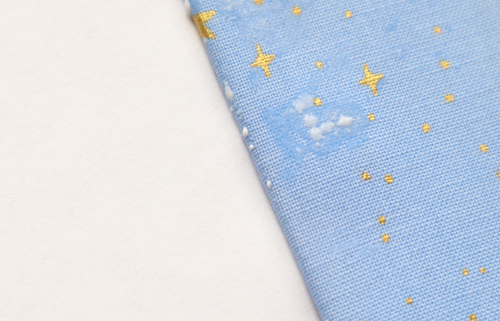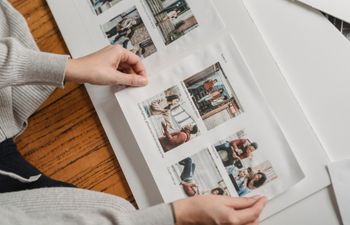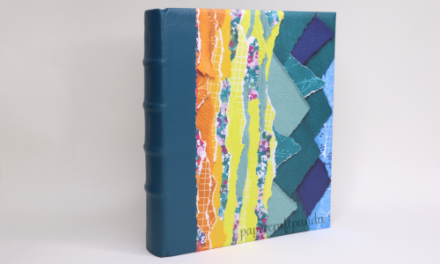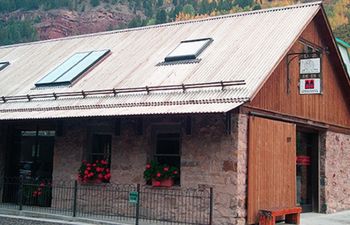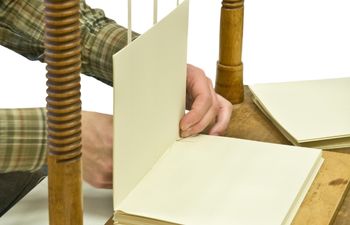You found the perfect material to use for a pair of fabric book covers. Everything is going according to plan. After gluing off the fabric, you begin to press it to the book cover. Suddenly, small beads of glue start to pop through the cloth. You hastily try to wipe them away, but it smears everywhere. The whole front of your book is now covered in sticky glue. What went wrong?!
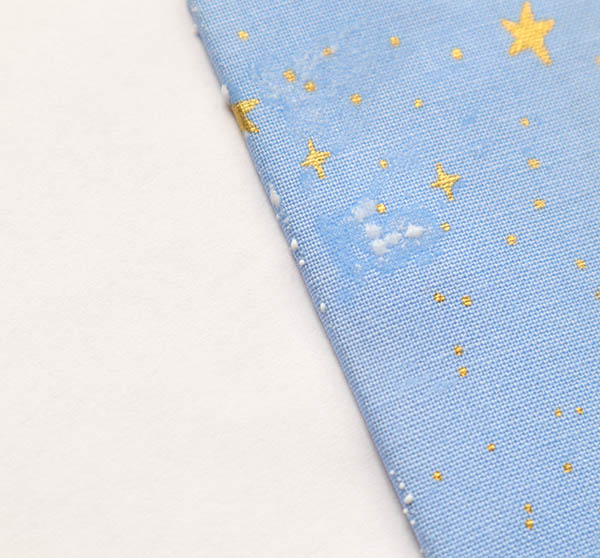
If this sounds like you, don’t worry. In this post, I’ll explain why glue has a tendency to leak through fabric book covers and how you can prevent it for future books.
First and foremost, fabric is not water proof.
All fabric contains tiny gaps in the weave where water can get through. Kind of like when your clothes get soaked if you stand outside in the rain. Since PVA adhesive (glue) is water based, it will quickly seep through fabric when pressure is applied. Thankfully, we have ways to deal with this. Enter: fabric treatments.
Fabric treatments
The primary way to prevent water seepage is to treat your fabric before adding glue. When fabric is treated to add strength and/or water resistance, we refer to this as “sizing” or “backing.”
Standard book cloth is already backed or sized (or both), which is why it’s a mainstay in the bookbinding world. Unfortunately, most book cloths are solid in limited colors and lack character. This makes regular fabric an enticing alternative for the artist in most of us.
I’ll quickly explain sizing and backing below, but you can read all about this in my post, How to Choose Book Cloth: Starched, Backed or Coated.
Sizing fabric
Fabric “sizing” refers to a process of injecting filler into the cloth to close the gaps between the fibers. Closing up these gaps prevents water from getting through and adds strength. This helps add a level of water resistance, which can block liquid until it has time to evaporate or dry. The process is painstaking, so it’s usually done in a factory and not at home.
Backing fabric
Backing cloth with a layer of paper (tissue, washi, etc.) or latex creates a barrier between the glued surface and the cloth itself, preventing water from seeping through. The process is much simpler to perform and is easy to do at home. Backing fabric book covers with a layer of paper has several benefits:
- provides a less porous surface for glue to hold onto
- improves fabric strength by reinforcing fibers
- adds a layer of resistance to water, acids and other elements
In bookbinding, we usually use one of two methods to back our fabric: Heat ‘n Bond or Japanese tissue.
Heat n’ Bond method
Heat ‘n Bond is an adhesive often used in sewing that bonds to materials like fabric, providing a layer of strength and water resistance. It’s fairly inexpensive, easy to find and simple to use. It’s a great choice for anyone who is new to backing their own cloth.
I’ve written more about Heat ‘n Bond and there are plenty of tutorials online to help you through the process.
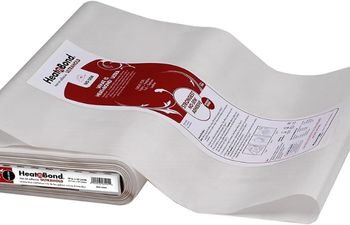
Japanese tissue
Japanese tissue is my preferred method for backing fabric and the only one I use in my bindery. It’s a bit more involved and uses wheat paste to adhere a sheet of thin Japanese tissue (sometimes called Unryu) to the back of the fabric.
In my experience, Japanese tissue yields a better and longer lasting result, but it can be harder to find. Wheat paste is also something you’ll need to mix up yourself, so I don’t usually recommend this method for brand new book makers unless they’re totally in love with bookbinding and slightly obsessed like me (ha!).
If you want to try the Japanese tissue method, check out my tutorial with video, How to Make Your Own Book Cloth Using Japanese Rice Paper (Unryu).
Below is the Unryu I use, called Yasutomo Sumi-e Unryu Paper Roll.
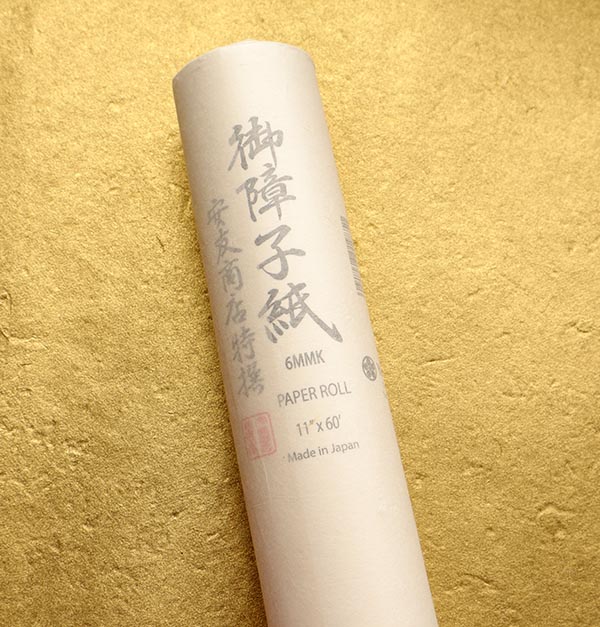
Now that you know why the glue is leaking through your fabric book covers, you can take the steps necessary to fix it. I hope you’ll find one of these two methods helpful!
More bookbinding goodness
✨ What tools do I need to get started bookbinding?
- Bookbinding Tools & Supplies Quick Start Guide – learn all about book making tools, which to buy first & where to go online
- Pick up my popular Complete Starter Bookbinding Tools Kit – all the bookbinding essentials in one spot
🌟 Looking for a simple way to start making books?
Try a Complete Book Materials Kit. Each one has everything you need (+ tutorials & videos) to make a beautiful book without all the fuss.
Thank you for taking me along on your book making journey!
Misty
